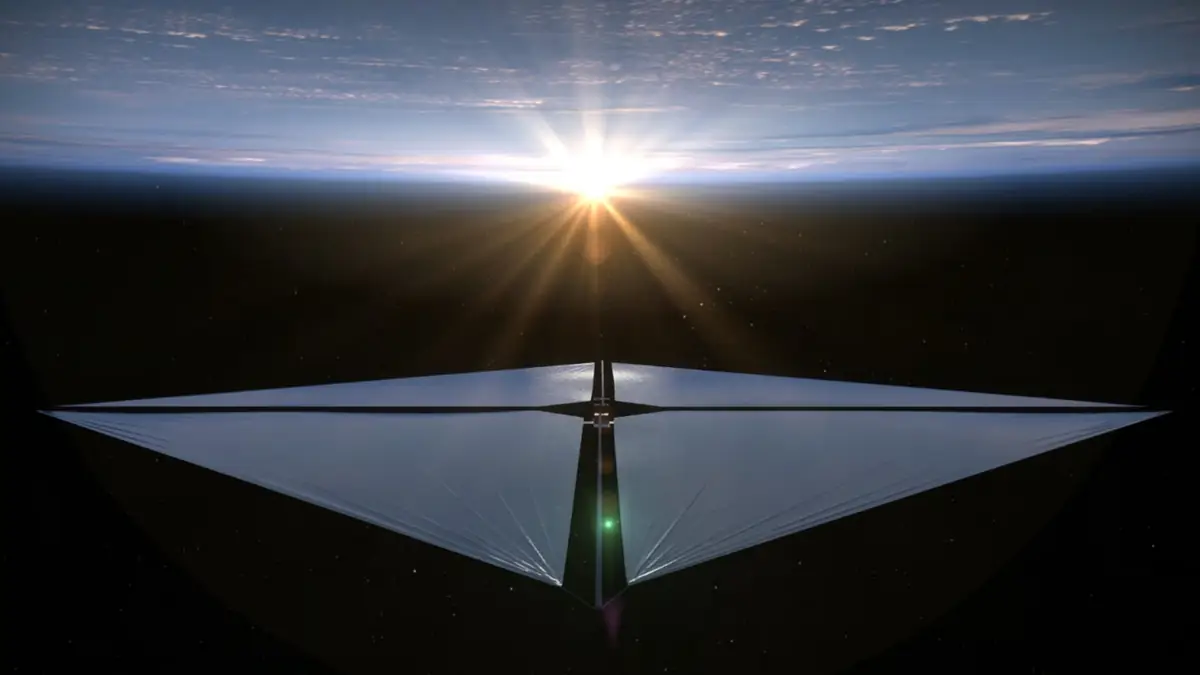
The world’s most advanced solar sail spacecraft began its odyssey yesterday, launching from a Rocket Lab Electron launch vehicle from Complex 1 in Mahia, New Zealand. It was one of the two payloads of the Beginning Of The Swarm mission.
Although it’s the size of a microwave oven, NASA’s Advanced Composite Solar Sail System (ACS3) can deploy a microscopically thin plastic sail in about 25 minutes to cover an area of 80m² with a boom that extends from the size of a palm to 7m in length. It’s not the first solar sail sent into space, but its boom, made of lightweight polymer composites and specially configured to be folded, is an important step in creating lighter, more stable sails.
After a 32-minute delay due to technical difficulties, the Electron rocket launched together with the ACS3 rocket and the NEONSAT-1 Earth observation satellite of the Korea Institute of Advanced Technology and Science (KAIST). After leaving the launch pad, the rocket reached supersonic speed in the 55th second and passed the Mach point in 1 minute and 7 seconds. The first stage engine shut down at 2 minutes 24 seconds into the flight, after 4 seconds, the second stage separated, and after another 3 seconds, the second stage ignited.
At 9 minutes 11 seconds, the Rocket Lab rocket’s second-stage engine shut down, and the booster separated 4 seconds later. After that, the first stage performed an orbital manoeuvre, as a result of which it burned up in the Earth’s atmosphere, rather than turning into space debris. 50 minutes after the start of the mission, NEONSAT-1 was launched into a circular orbit with a length of 520 km. ACS3 had to wait one hour and 45 minutes after launch to deploy into a sun-synchronous orbit at an altitude of 1,000 km.
This is made possible by the Curie engine, which can restart multiple times to launch the payload into different orbits without its onboard propulsion system. When the task was accomplished, the Kick Stage set off on its burn-up trajectory in the atmosphere.
Data from NASA’s solar sail mission will be used to improve the design of the sails, which can be scaled up to 2,000 m². These giant sails, which would catch the solar wind and tack like land-based sailplanes, would allow long-distance flights at high speeds without the need for fuel.
Read also:
Leave a Reply